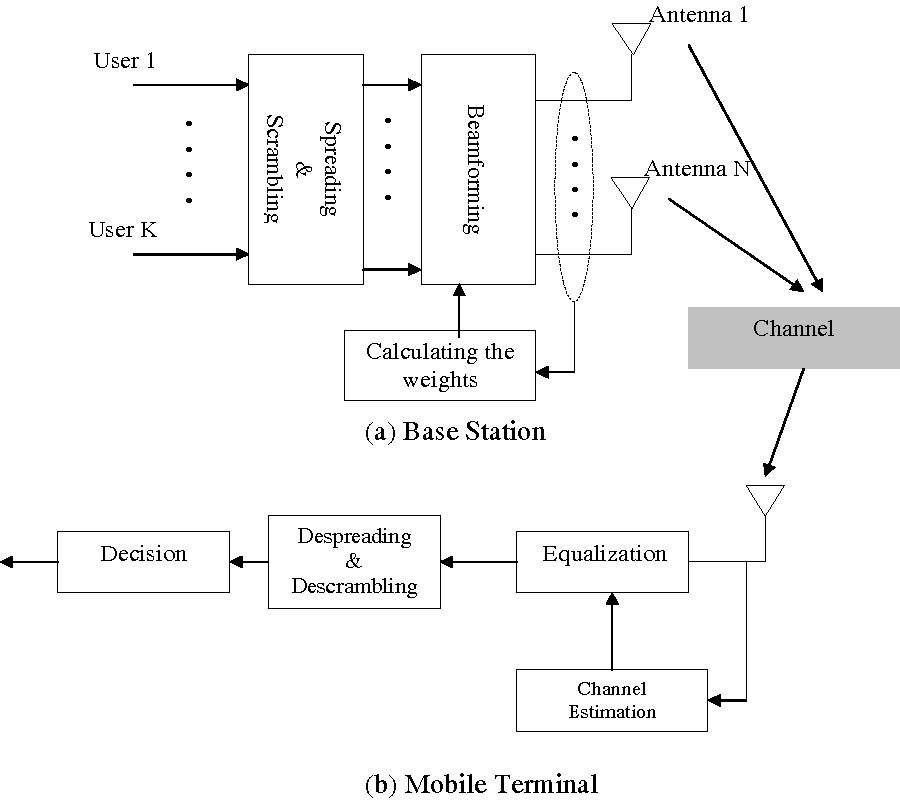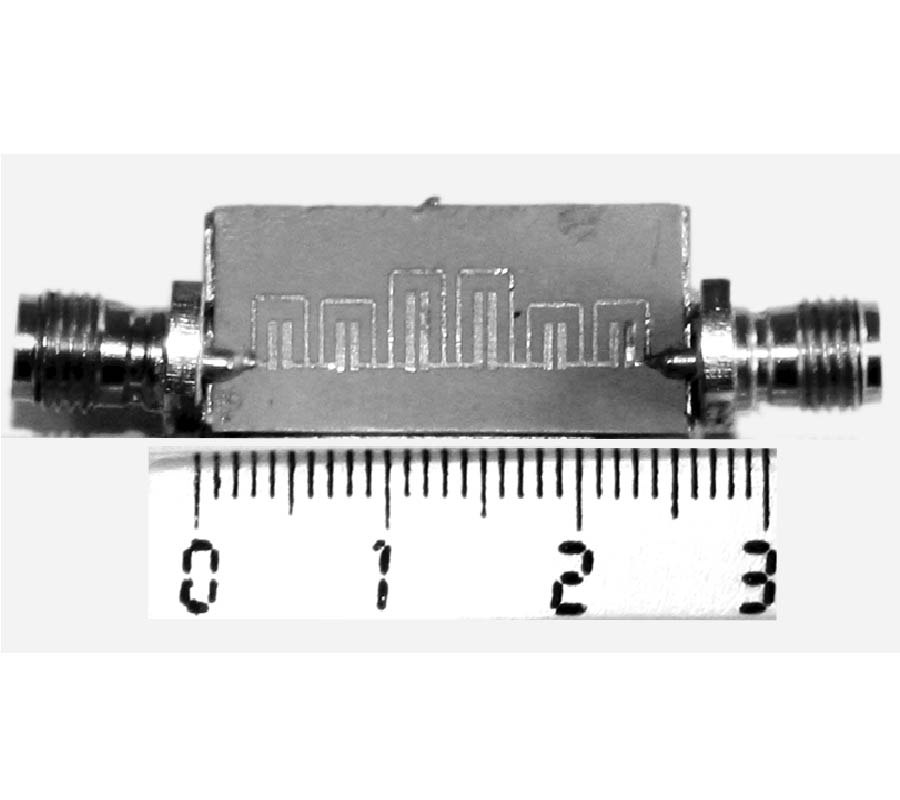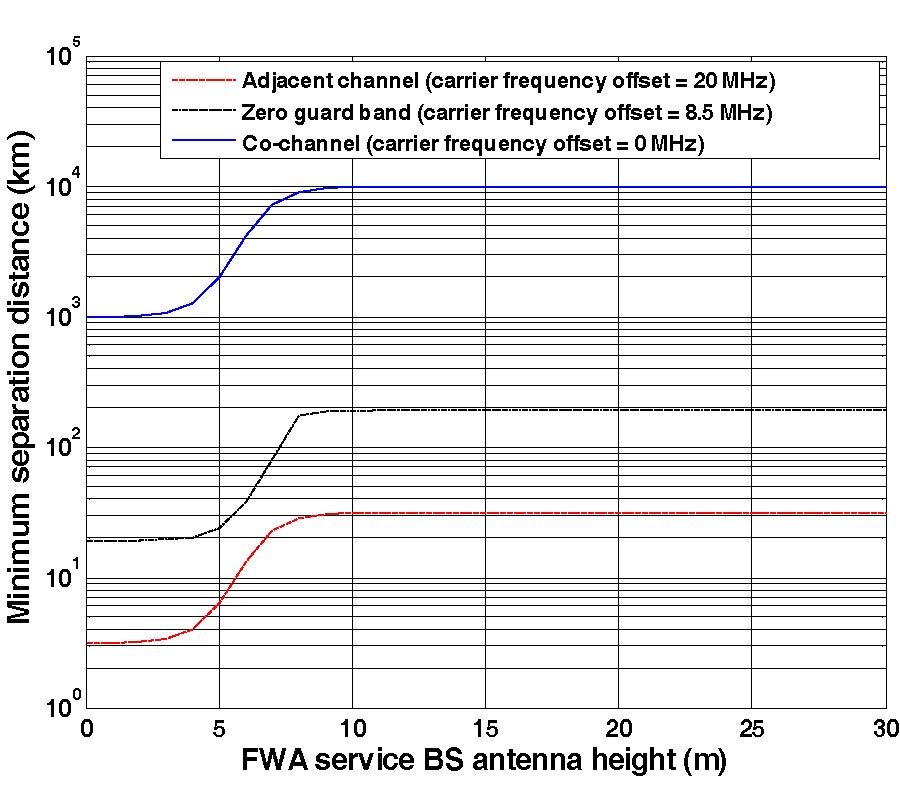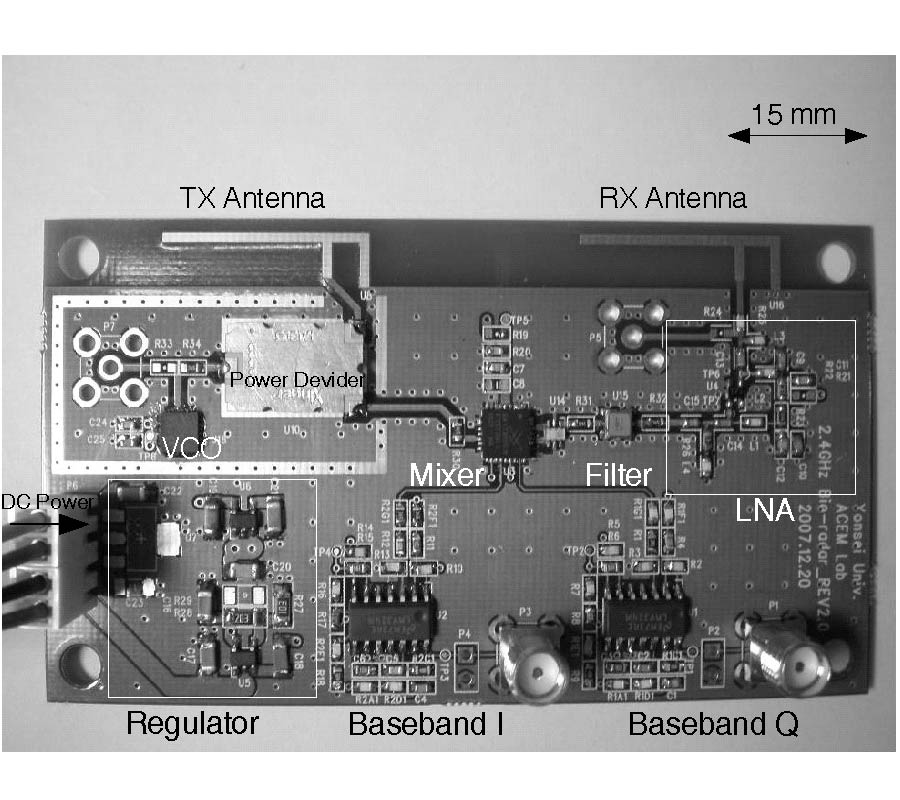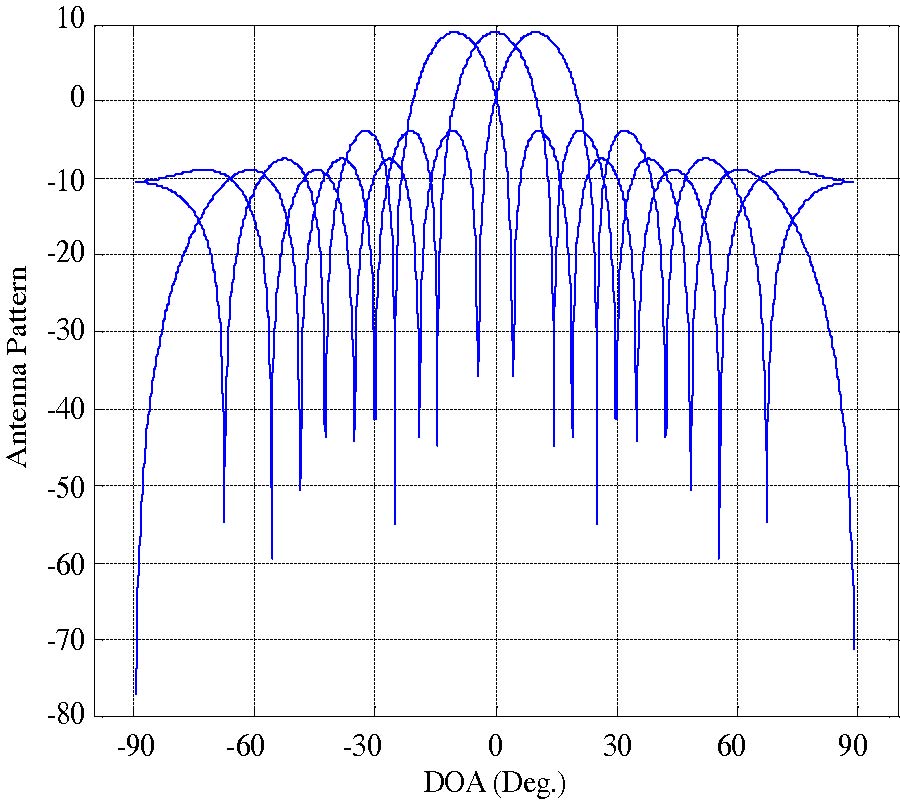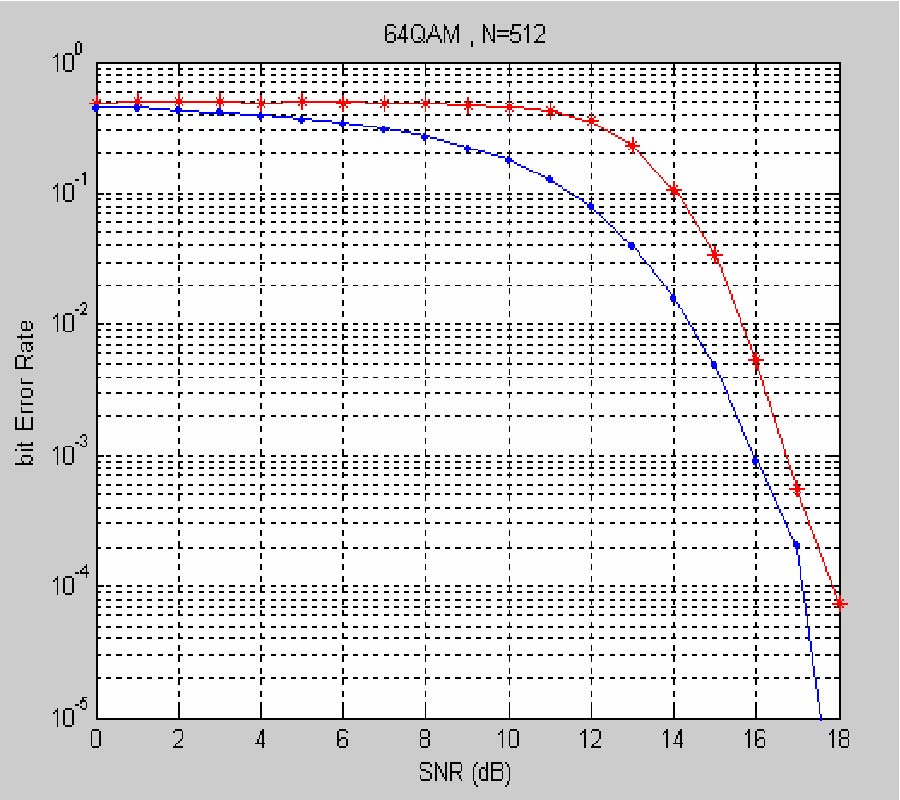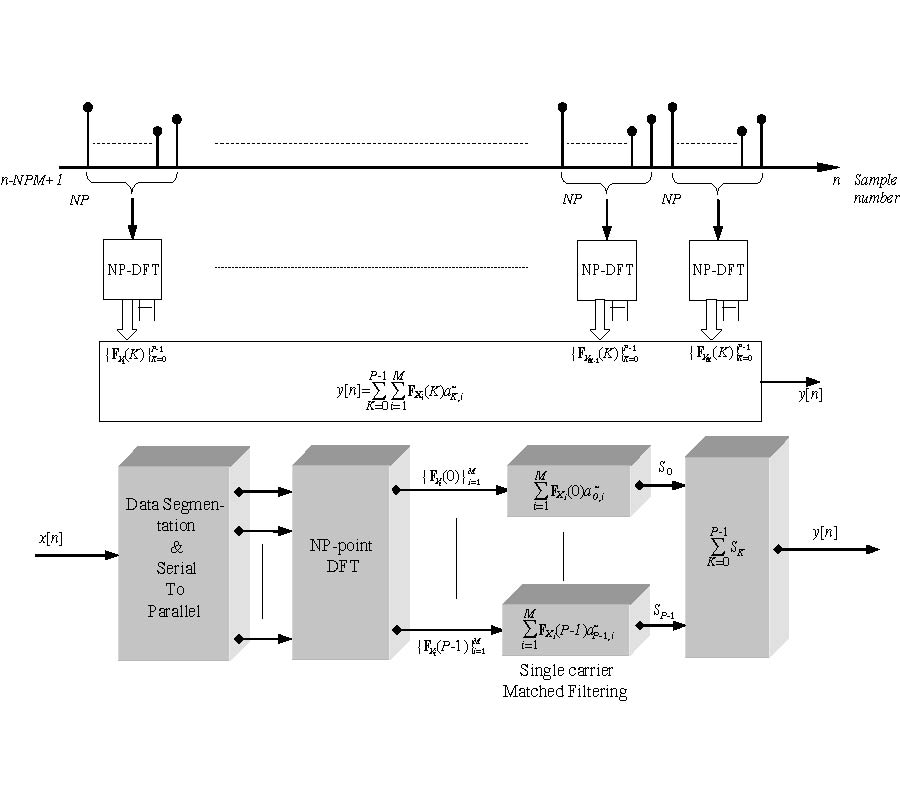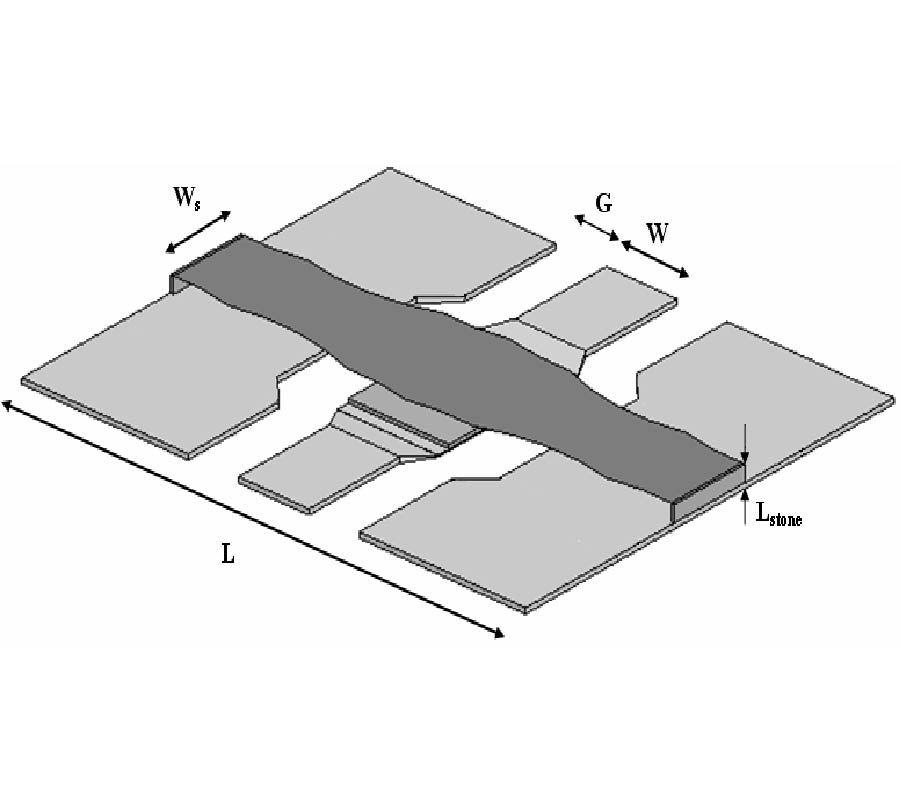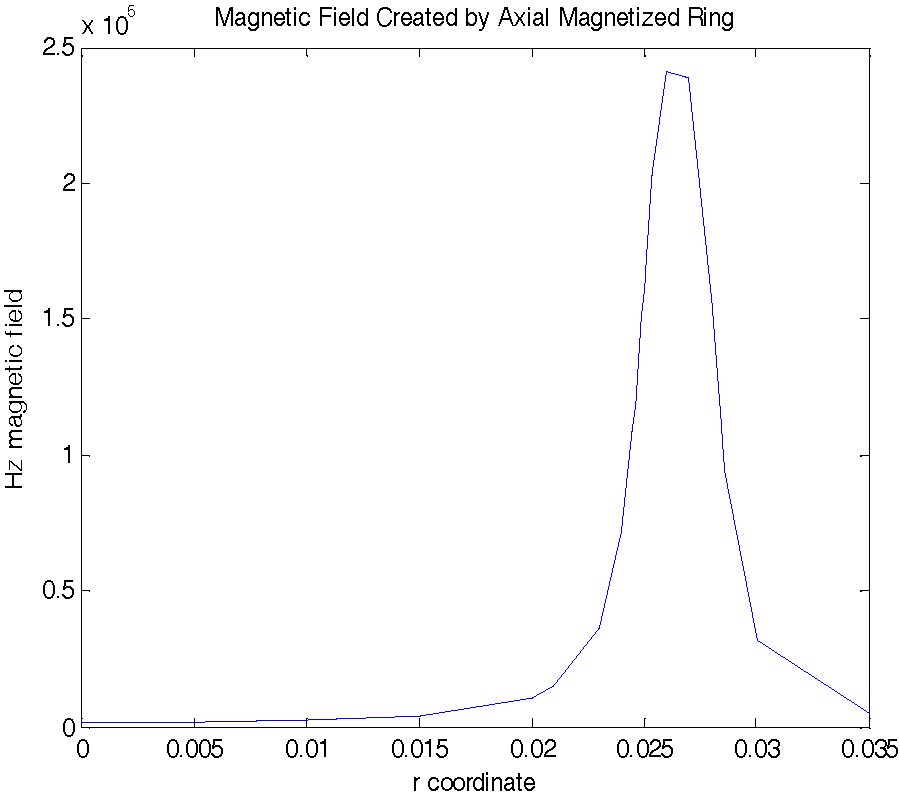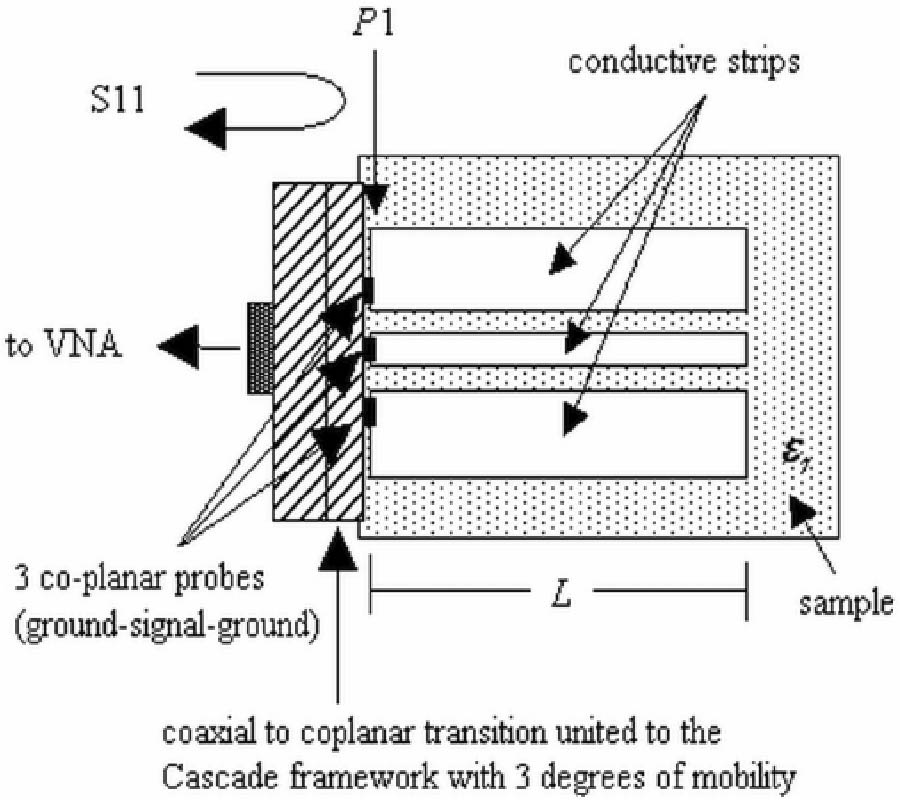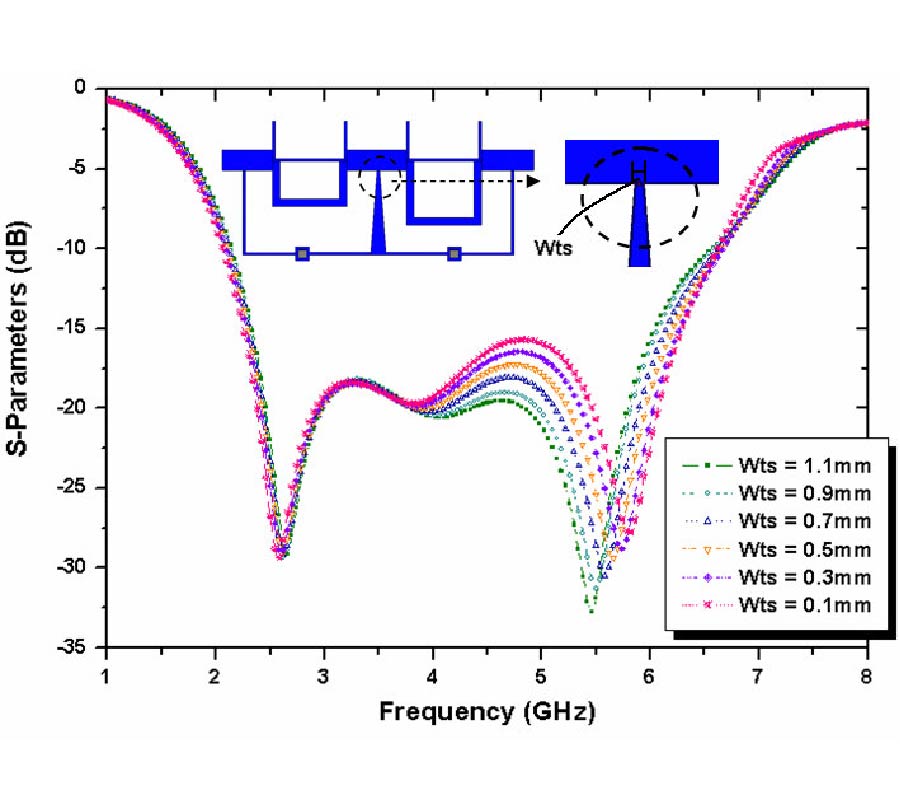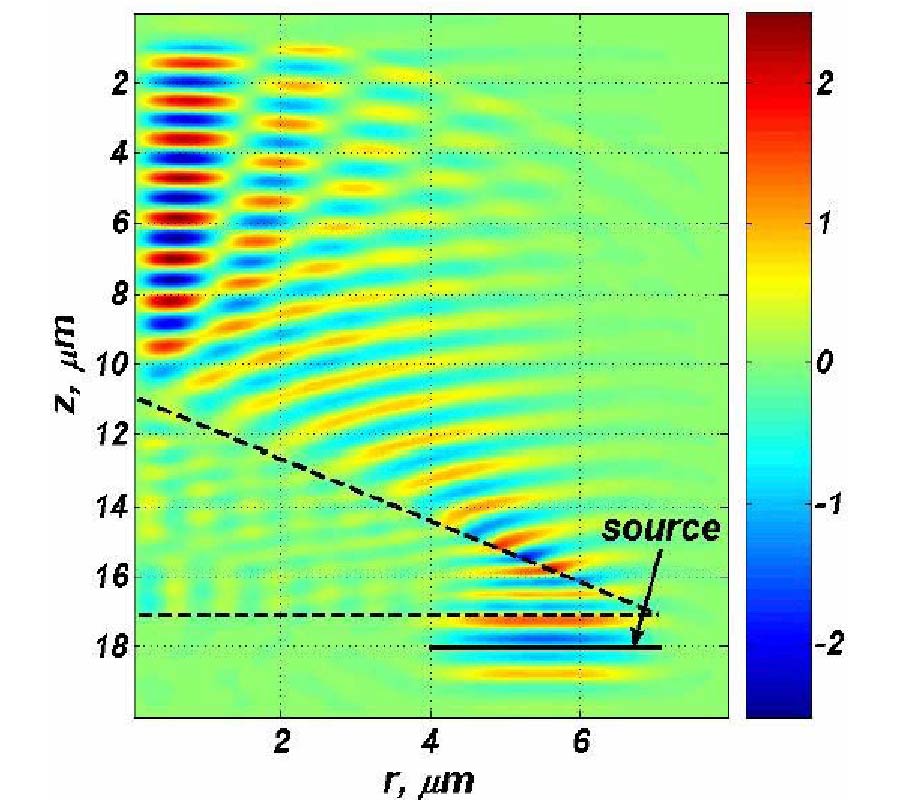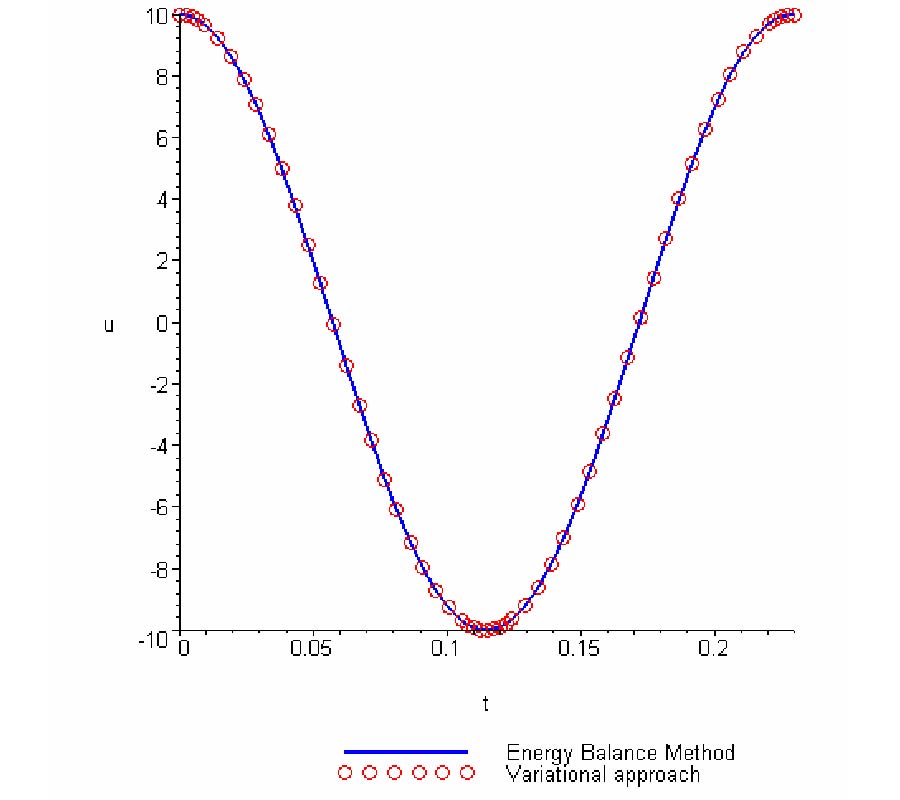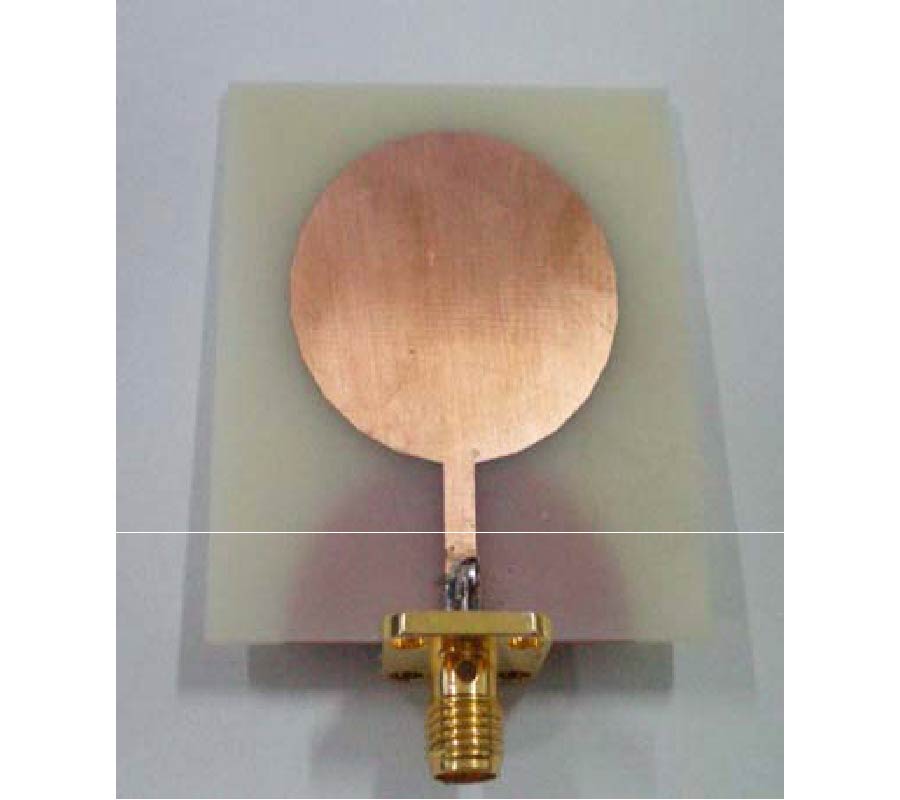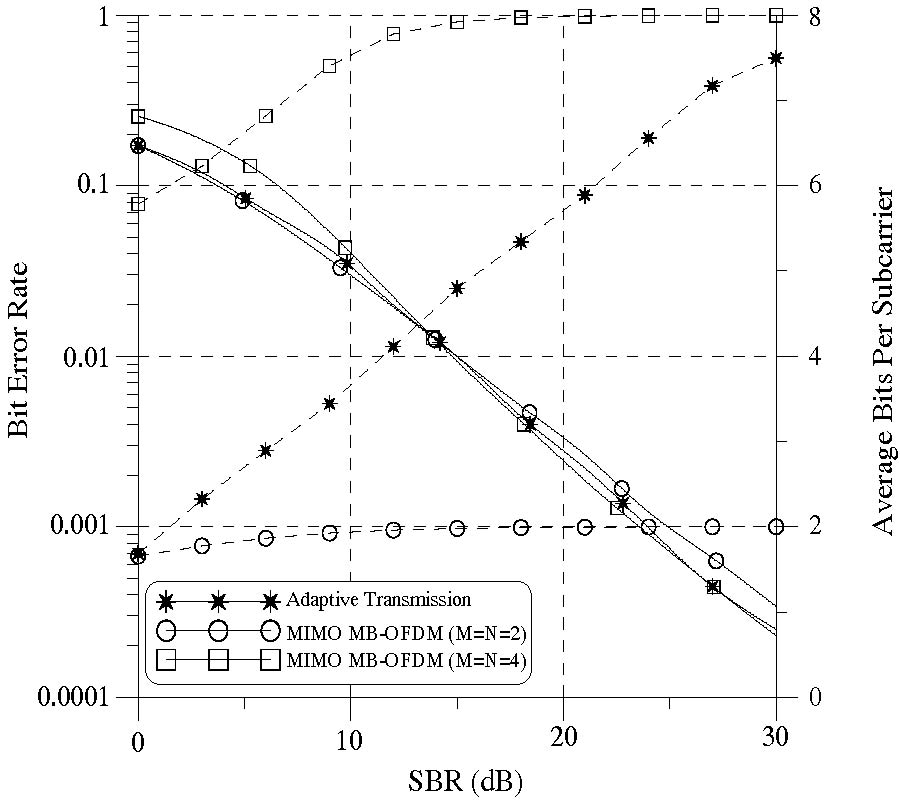Wireless Bio-Radar Sensor for Heartbeat and Respiration Detection
Byung-Jun Jang,
Sang-Hyuk Wi,
Jong-Gwan Yook,
Moon-Que Lee and
Kyoung-Joung Lee
In this study, a wireless bio-radar sensor was designed to detect a human heartbeat and respiration signals without direct skin contact. In order to design a wireless bio-radar sensor quantitatively, the signal-to-noise ratio (SNR) in the baseband output of a sensor should be calculated. Therefore, we analyzed the SNR of the wireless bio-radar sensor, considering the signal power attenuation in a human body and all kinds of noise sources. Especially, we measured a residual phase noise of a typical free-running oscillator and used its value for the SNR analysis. Based on these analysis and the measurement results, a compact, low-cost 2.4 GHz direct conversion bio-radar sensor was designed and implemented in a printed circuit board. The demonstrated sensor consists of two printed antennas, a voltage-controlled oscillator, an I/Q demodulator, and analog circuits. The heartbeat and respiration signals acquired from the I/Q channel of the sensor are applied to the digital signal processing circuit using MATLAB. ECG (electrocardiogram), and reference respiration signals are measured simultaneously to evaluate the performance of the sensor. With an output power of 0dBm and a free running oscillator without a phase locked loop circuits, a detection range of 50 cm was measured. Measurement results show that the heart rate and respiration accuracy was very high. Therefore, we verified that a wireless bio-radar sensor could detect heartbeat and respiration well without contact and our SNR analysis could be an effective tool to design a wireless bio-radar sensor.
